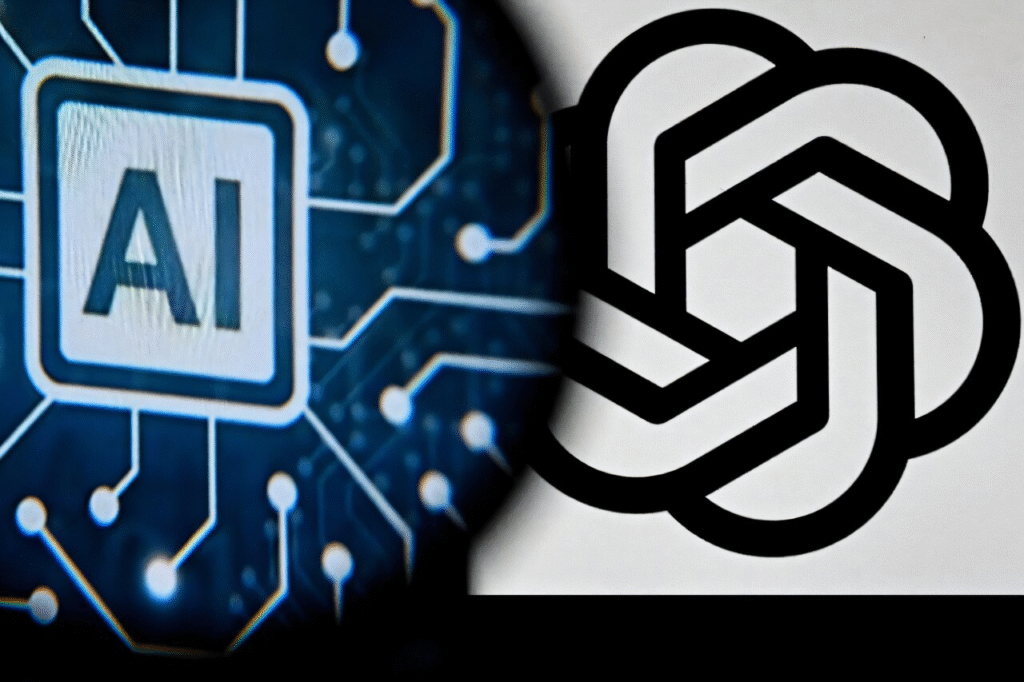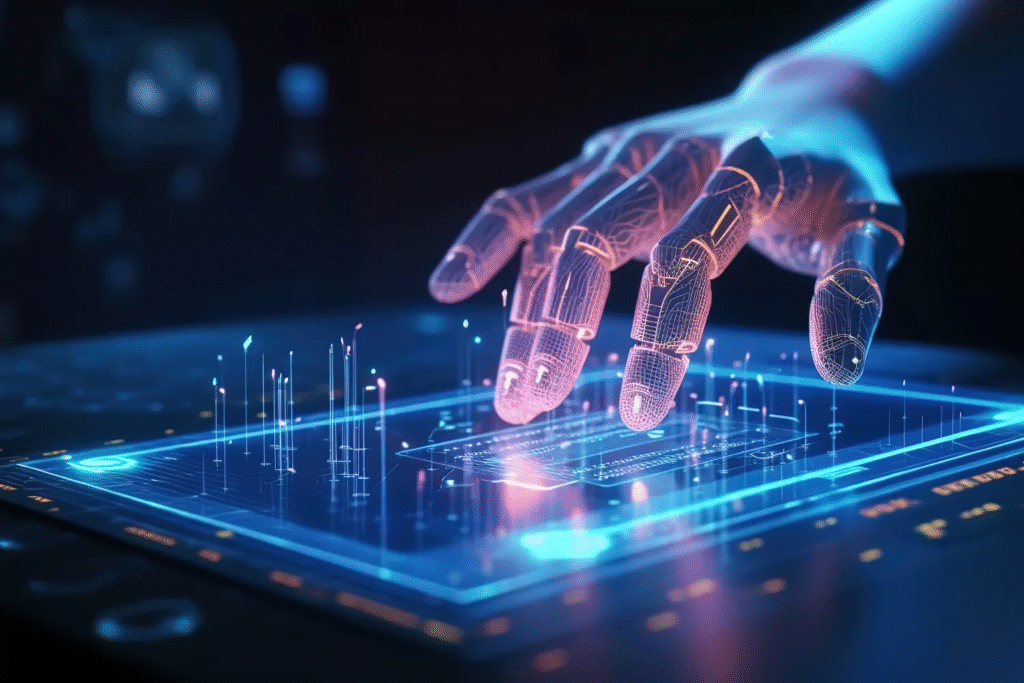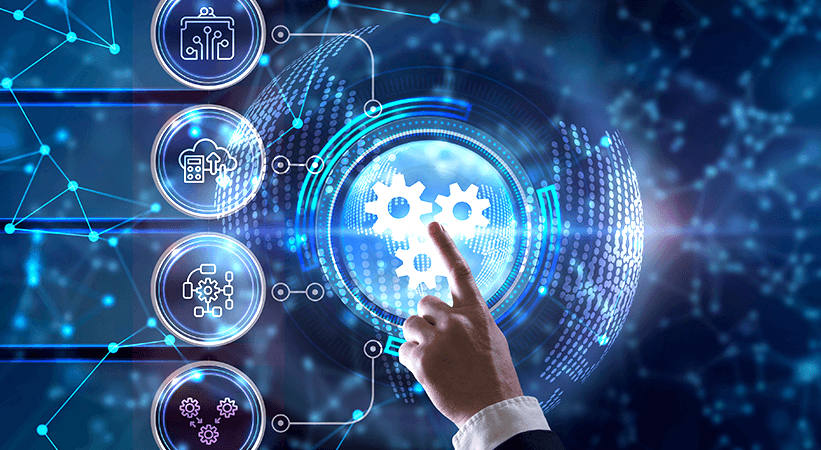June 2025 — In a move that has sparked widespread discussion across the technology sector, OpenAI has announced the delay of its highly anticipated open-source AI model. The decision, revealed in a recent blog post and executive briefings, is being interpreted as both a strategic reassessment and a reflection of broader concerns regarding safety, misuse, and geopolitical tensions surrounding cutting-edge artificial intelligence.
The Origin of the Open-Source AI Vision
OpenAI, since its inception in 2015, was founded on the principle of ensuring that artificial general intelligence (AGI) benefits all of humanity. One of the foundational beliefs held by its early leadership, including Elon Musk and Sam Altman, was that open-sourcing AI models would foster collaborative development, promote safety through transparency, and democratize access to powerful tools.
In practice, OpenAI has had a mixed history with open-source efforts. While earlier projects like GPT-2 were partially open-sourced, GPT-3 and later versions—including ChatGPT based on GPT-4 and GPT-4o—were released through limited API access, citing concerns over misuse and safety.
As pressure mounted in recent years from the AI and developer communities for more transparency, OpenAI teased a new initiative to release an open-source model that would rival current proprietary solutions in capability while promoting community-driven research and innovation. The announcement in early 2024 was met with both excitement and skepticism.
What Led to the Delay?
In June 2025, OpenAI issued a formal update stating that the release of its open-source model—initially planned for mid-year—would be postponed indefinitely. According to sources within the company and industry analysts, several critical factors contributed to this decision:
1. Safety Concerns and Misuse Risks
With the rise of advanced AI tools that can generate code, mimic voices, and produce persuasive disinformation, OpenAI’s internal safety team flagged the potential for misuse as a primary barrier to open release. The concern is that malicious actors, including state-sponsored groups, could fine-tune open-source models for deepfakes, autonomous malware, or large-scale phishing.
2. Geopolitical and Regulatory Pressures
International tensions around AI development, especially between the United States, China, and the European Union, have increased the scrutiny of how AI capabilities are shared. Governments are urging companies to consider the implications of exporting advanced AI systems, whether directly or through source code.
In the U.S., the Department of Commerce is evaluating stricter export control rules under the EAR (Export Administration Regulations), which could affect what kinds of open-source AI models may be legally distributed.
3. Competitive Landscape
There’s also a commercial angle. Despite its nonprofit roots, OpenAI has grown into a major tech player through its partnership with Microsoft. Open-sourcing a model with capabilities near GPT-4 could impact revenue streams from Azure-based APIs and services, making the move less viable from a business perspective.
What OpenAI Says

In their statement, OpenAI emphasized that the delay is not a cancellation. The company reaffirmed its commitment to open research and pledged to continue working on models that are safer, more interpretable, and aligned with ethical development goals.
“We are carefully evaluating how to best release powerful models in a way that minimizes risk while maximizing global benefit,” the company noted. It also added that community feedback, technical readiness, and policy alignment will be guiding factors for future decisions.
Industry Reaction
The tech world has reacted with a mix of disappointment, understanding, and concern. Critics argue that OpenAI is backtracking on its original mission, while others defend the decision as responsible in light of growing threats.
Yann LeCun, Chief AI Scientist at Meta, has long supported open-source AI as essential for research freedom and innovation. In contrast, figures like Geoffrey Hinton and Stuart Russell have repeatedly warned of the dangers posed by unrestricted access to large language models.
OpenAI’s rivals—such as Anthropic, Mistral, Meta, and Cohere—have taken different stances. Meta continues to release powerful open models like LLaMA under research licenses, while Anthropic is far more conservative, citing similar safety concerns.
A Look at the Broader Implications
The delay in OpenAI’s open-source model represents more than a corporate decision; it reflects a pivotal moment in the evolution of Artificial Intelligence.
1. Slower Democratization
Smaller startups, independent developers, and researchers often rely on open-source frameworks to innovate. Without access to state-of-the-art base models, the innovation gap between tech giants and smaller players could widen.
2. Policy and Regulation Shifts
The decision could influence regulatory discussions globally. If industry leaders withhold capabilities, regulators may feel more pressure to enforce guidelines around AI openness, intellectual property, and misuse accountability.
3. Rise of Fragmented Ecosystems
As some companies open-source and others do not, the ecosystem may fracture. Developers may have to navigate complex licensing, interoperability challenges, and ethical questions tied to model usage.
4. Cybersecurity Risk Management
Open-source models pose a known cybersecurity dilemma. While transparency fosters trust, it also increases the attack surface. This event underscores the growing interplay between AI research and secure development protocols.
Historical Precedents: Open Source and Tech Innovation
The debate over open-sourcing isn’t new. Throughout the evolution of the internet and WebDev tools, open-source platforms like Linux, Apache, and WordPress powered mass innovation. Similarly, in the blockchain space, decentralized protocols gained traction due to open accessibility.
AI, however, introduces new variables: models can be reverse-engineered, weaponized, or made to deceive. The stakes are higher, and the risks less predictable.
The Future: What Comes Next?

Industry watchers are closely monitoring what steps OpenAI and its competitors will take next. Several potential scenarios are being discussed:
1. Incremental Open Releases
Instead of one large model, OpenAI may release smaller or more narrowly fine-tuned open models with built-in safeguards.
2. Open Science, Not Open Weights
Another option is releasing research papers and evaluation results while withholding the actual model weights—providing insight without immediate replication risks.
3. Government-Backed AI Sandboxes
There may be movement toward national or international AI “sandboxes,” where vetted researchers can access advanced models under supervised conditions.
4. Rise of Global Governance Bodies
The international AI community may push harder for a global governance body—similar to the IAEA for nuclear technology—to monitor AI model capabilities, risk levels, and distribution protocols.
What It Means for Developers, Startups, and Society
For developers and startups, the delayed release means fewer free resources for experimentation. Many who were building on open frameworks must now seek alternatives or work with constrained tools.
For society, the delay reflects how AI has transitioned from a promising field to a powerful force that needs oversight. The narrative is no longer just about innovation but also responsibility, accountability, and ethical leadership.
For OpenAI, the next steps are crucial to maintaining its credibility. A transparent, phased plan—backed by stakeholder engagement—could soften criticism and still preserve safety.
Conclusion: A Pivotal Fork in AI’s Path
OpenAI’s delay in releasing its open-source model is more than a simple postponement—it is a defining moment for the future of AI. It reflects the complexity of balancing innovation with security, openness with caution, and ethics with market dynamics.
This development marks a transition in the global conversation—from “how fast can we go?” to “how carefully should we proceed?”
As the tech news cycle continues to spotlight these issues, developers, researchers, policymakers, and everyday users will be watching closely to see how one of AI’s most powerful players navigates this critical juncture.
Stay informed on the latest in AI, technology, and cybersecurity by subscribing to our newsletter. Share your thoughts in the comments section—do you support the delay, or do you believe open-source should be prioritized regardless of the risks? Your voice matters in shaping the digital future.
External Source
